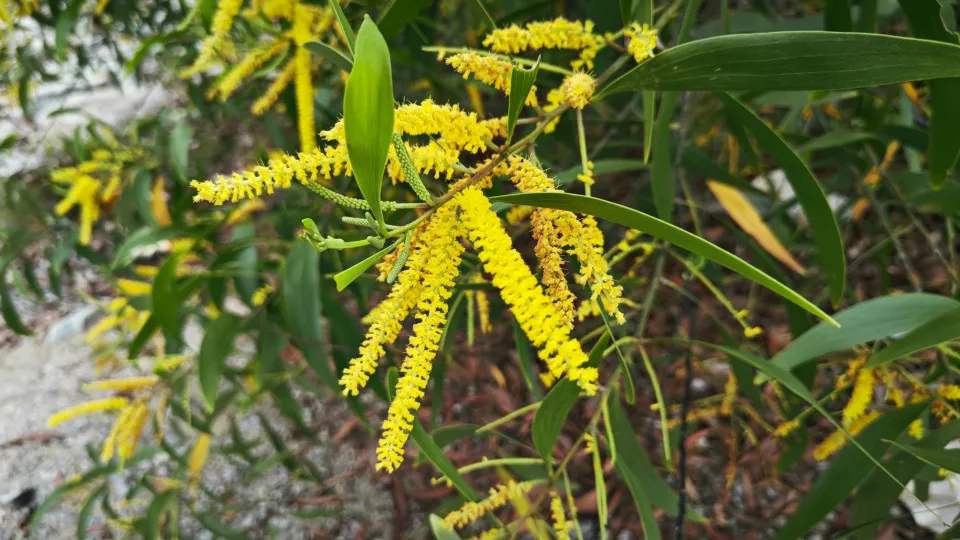
Raquel Juan Ovejero, a researcher at the Functional Ecology Center of the Faculty of Sciences and Technology at the University of Coimbra (FCTUC) and the University of Vigo, led a study conducted in the Lousã mountain range. This research examined how the invasion of mimosa and black wattle acacias affects the environment.
FCTUC noted that acacia invasions critically affect the stability of Atlantic forest regions of the Iberian Peninsula, with significant impacts on both vegetation and soil, even at low levels of presence.
The study explored how the invasion of these species influences vegetation structure, soil and foliage quality (in terms of carbon and nitrogen content), and communities of collembola – small soil invertebrates essential for nutrient cycling and organic matter decomposition.
Conducted in the fragmented forest landscape of the Serra da Lousã, where native oak and chestnut forests coexist with pine plantations and Mediterranean shrubs, the study also investigated the cascading effects these changes may have on the broader ecosystem’s functionality.
“As the coverage of the invasive plant increases, there is a significant decrease in herbaceous plant abundance and species richness, which translates into a clear loss of biodiversity,” explained the study leader.
Raquel Juan Ovejero noted that not only did they detect a reduction in the carbon/nitrogen ratio of the foliage and an increase in organic carbon as the acacias invaded – changes that affect nutrient availability and decomposition processes – but there were also impacts on fauna.
The researcher further highlighted that different functional groups of collembola responded variably to changes in soil and foliage, indicating “subtle but relevant alterations in ecosystem dynamics.”
The experts concluded that “early interventions are more effective, less costly, and reduce the risk of severe ecological consequences.”
However, management requires continuous monitoring, as both species possess persistent seed banks and can regrow after disturbances.
Restoring native habitats was identified as “a fundamental tool to strengthen ecosystem stability and prevent new invasions.”
The research pointed out that Australian acacias have gradually become one of the main environmental challenges in the Mediterranean region. Their ability to fix nitrogen, form dense masses, and replace native vegetation profoundly alters ecosystem structure and function.
“In Portugal, the situation is particularly severe. It is the Mediterranean country with the highest number of invasive acacia species, favored by rural abandonment and forest fragmentation,” emphasized Raquel Juan Ovejero.
Galicia shares this trend, also experiencing rapid expansion of these species.
“These factors increase the vulnerability of forests and shrubs, where acacias rapidly advance, causing biodiversity losses, soil changes, and greater challenges in forest management,” she stated.




